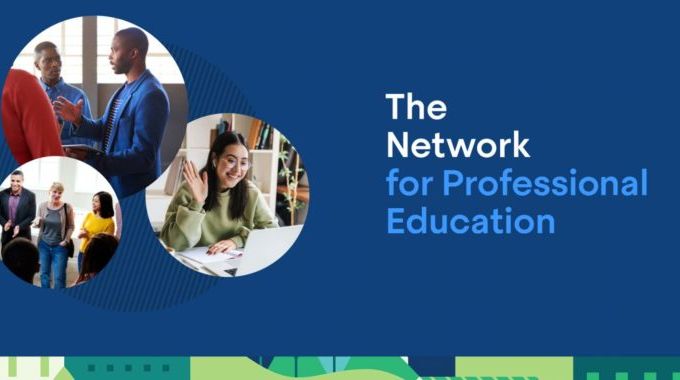Cultivating Transferable Digital Skills Part 2

About the Authors: Caterina Scaramelli, research assistant professor with Boston University College of Arts & Sciences departments of Anthropology, Earth & Environment, and Pary Fassihi, former Center for Teaching & Learning assistant director, are co-coordinators of the Adobe Catalyst Program.
Digital literacy is a necessary skill to succeed in college and beyond, and should be at the forefront of our students’ education. The first part of this two-part series discussed how instructors can model utilizing digital skills in communication before expecting students to create digital projects of their own. In Spring 2021, a group of Boston University faculty members came together as part of the Adobe Catalyst Program, and worked on finding ways to model multiple modes of communication and guide their students in producing multimodal projects of their own.
Multimodal Collaborative Projects
Unlike purely text-based projects, multimodal ones ask students to work across a range of media. For example, students may be asked to produce a video for which they would go through the process of planning, script-writing, production, and post-production. Oftentimes, instructors may choose to assign these projects as collaborative ones to encourage student peer support. For example, in Amber Navarre’s “Chinese through Theater and Performance,” students produced a micro movie to practice the target language. Alongside the assignment guidelines and objectives, Amber guided students through the process by sharing filming and post-production instructions for students. With this careful guidance, students were successful in making a micro movie while collaborating virtually.
Multimodal Research
Multimodality is also well-suited for research-based projects. Students routinely use multimodal sources in their research: newspapers, letters, photographs, videos, posters, radio broadcasts, maps, and more. In multimodal research assignments, students work across and combine multiple formats.
Students in Cheryl Knott’s “Wildlife Conservation” researched the aesthetic elements of conservation messaging, from aquarium tanks to puppet shows, poetry, and feature films, compiling them on a collaborative webpage. They also created their own conservation messages. Using graphically inviting linear webpages, students described conservation challenges and strategies for endangered animal species, such as elephants and whale sharks. Students then expanded their work into conservation videos. They followed detailed instructions scaffolding the assignment in discrete steps, from planning to gathering assets, recording a voiceover, and video editing.
Students in Caterina Scaramelli’s “Science, Environmentalism, and the Global South” created digital research portfolios. “The Price of Palm” project explored the crop’s biology, colonial legacies, plantation workers’ stories, and the environmental impacts of palm oil production. These portfolios invite non-linear and interactive exploration through graphics, videos, and text.
Transforming traditional assignments
Remediation assignments, ones in which one medium (often text) is represented in a different medium (video, audio, etc), are popular in higher education due to the varied skillset they afford students.
Students in Kristen Bushell’s “Drug Discovery in Neuroscience” created an original multimodal digital presentation of a scientific article in their studies of the neuroscience of addiction. One of the main goals of this engaging assignment was to use video production to encourage students to think about how to communicate complex information in a different medium.
With the same overarching goal in mind, students in Chris McVey’s “Studio II Writing Course”remediated their research into a podcast episode following step-by-step clear guidelines to become effective story-tellers. One student explored the relationship between Puerto Rico and the United States, and two students collaborated on an episode discussing the topics of race and news media bias.
Final Thoughts
Communicating multimodal assignment goals and expectations to students is vital: the digital format is a toolkit to practice engaged research, critical thinking, communication, and collaboration. Instructors should encourage students to try something new and move out of their technological comfort zones. The process of learning is as exciting as the end-result of a project, and asking students to reflect on that process could be a key aspect of their learning.
Finally, being mindful of students’ differential access to hardware, software, and digital experiences, instructors should work to redress disparities by ensuring all students have access to the resources they need. Instructors themselves can demonstrate multimodal pedagogy by creating digital, interactive assignment instructions that are also accessible and culturally inclusive.
Visit Boston University TechWeb to find out how BU faculty and students may request an Adobe Creative Suite license.
Special thanks to the students who shared their multimodal work for this piece:
Amy Chan, Taylor Coester, Anna Cui, Nicolas Dos Anjos, Julia Kapusta, Erika Lee, Yushuo Liu, Stephanie Loudis, Soumyak Mattagajasingh, Madison Miranda, Christa Nuzzo, Aashna Pandya, Alicia Qin, Diana Reno, Emma Sanchez, Megan Sheehan, Victoria Zdanowicz, Irving Zhao.


